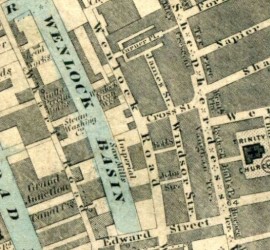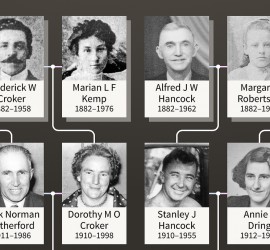genealogy
3 posts
I was reminded a few weeks ago that it has been 136 years since the sinking of the Princess Alice at Gallions Reach, a stretch of the Thames between Woolwich and Barking Creek, on 03 September 1878 http://en.wikipedia.org/wiki/SS_Princess_Alice_(1865) The SS Princess Alice was a passenger paddle steamer. She was sunk in a collision on the River Thames with the collier Bywell Castle off Tripcock Point in […]
I started researching my family tree many years ago – helped out considerably by two uncles, one on either side of the family. Over the years I have dipped in and out of research, but the family tree has never been far from my mind. My tree is split between Scotland, England […]


